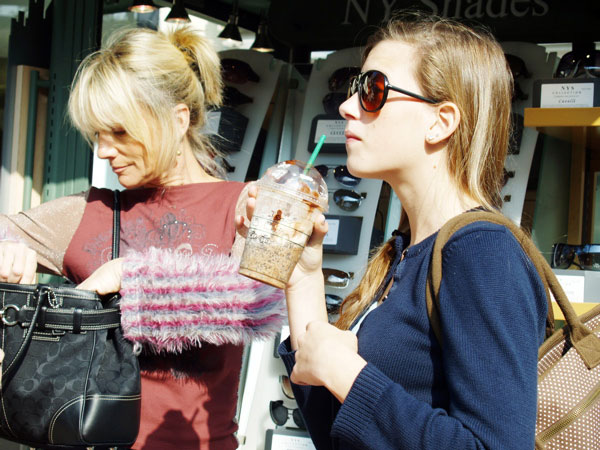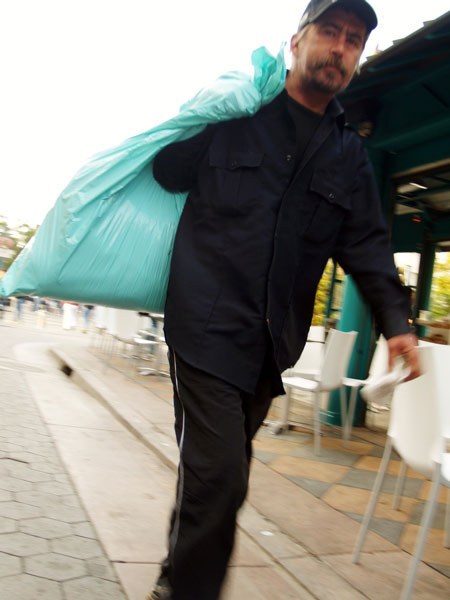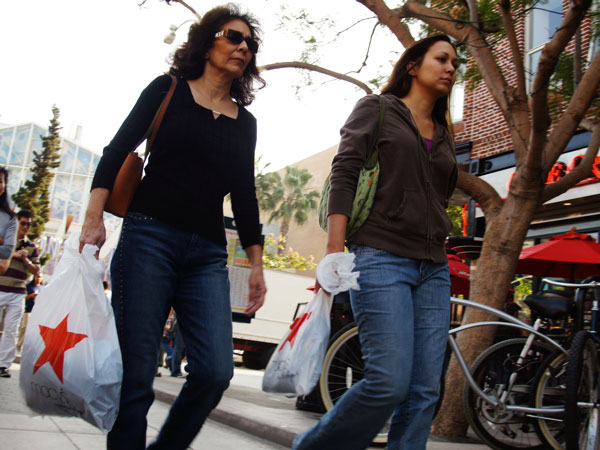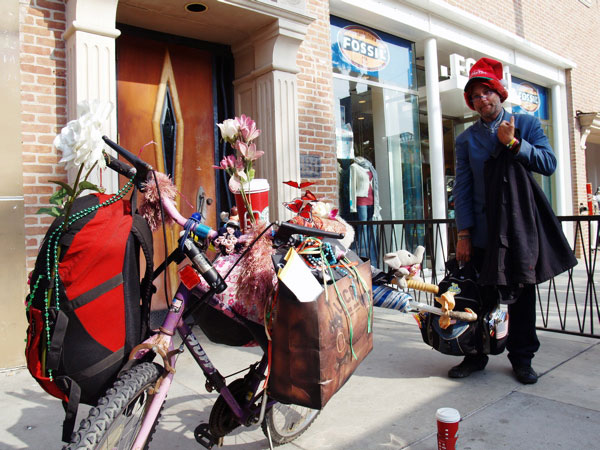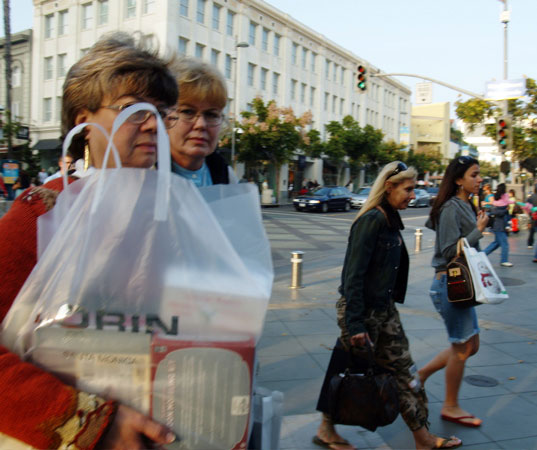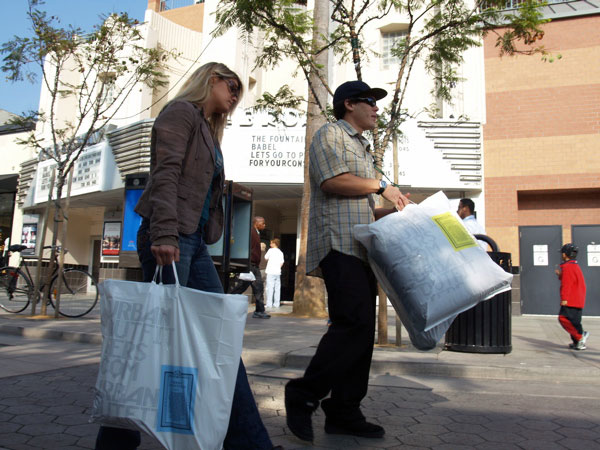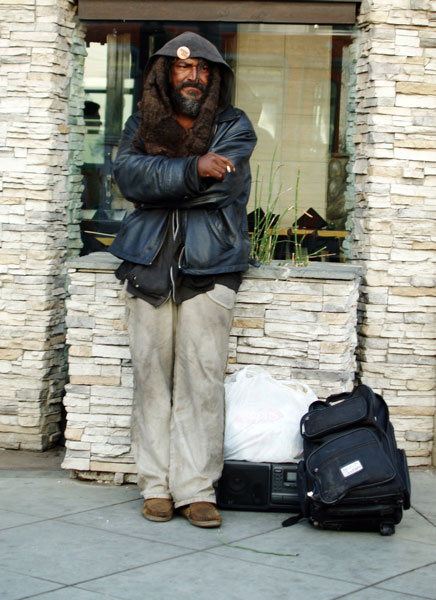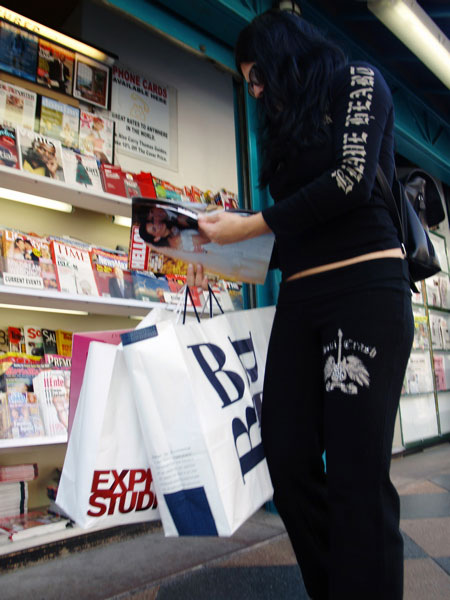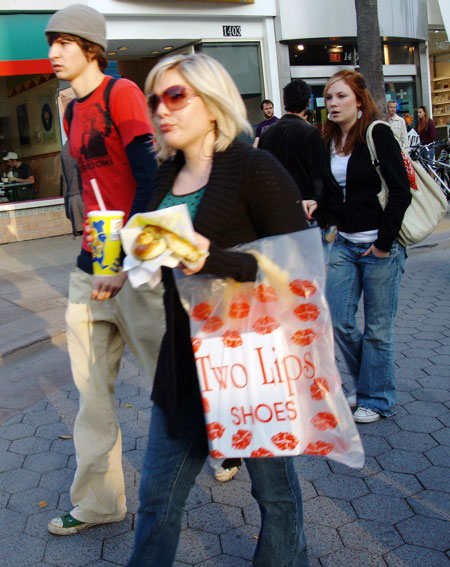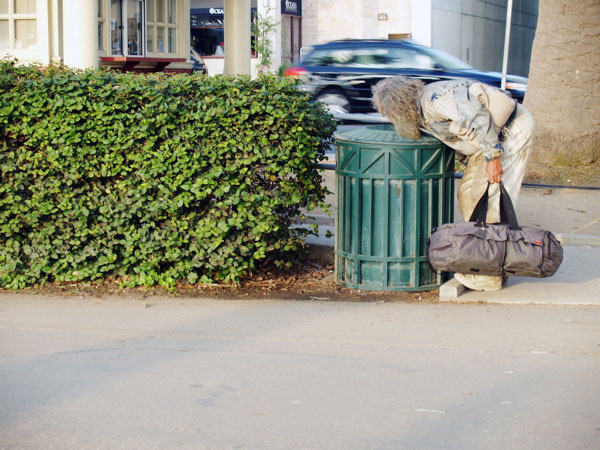| About Us | Contact Us | Calendar | Publish | RSS |
|---|
|
Features • latest news • best of news • syndication • commentary Feature Categories IMC Network:
Original Citieswww.indymedia.org africa: ambazonia canarias estrecho / madiaq kenya nigeria south africa canada: hamilton london, ontario maritimes montreal ontario ottawa quebec thunder bay vancouver victoria windsor winnipeg east asia: burma jakarta japan korea manila qc europe: abruzzo alacant andorra antwerpen armenia athens austria barcelona belarus belgium belgrade bristol brussels bulgaria calabria croatia cyprus emilia-romagna estrecho / madiaq euskal herria galiza germany grenoble hungary ireland istanbul italy la plana liege liguria lille linksunten lombardia london madrid malta marseille nantes napoli netherlands nice northern england norway oost-vlaanderen paris/Île-de-france patras piemonte poland portugal roma romania russia saint-petersburg scotland sverige switzerland thessaloniki torun toscana toulouse ukraine united kingdom valencia latin america: argentina bolivia chiapas chile chile sur cmi brasil colombia ecuador mexico peru puerto rico qollasuyu rosario santiago tijuana uruguay valparaiso venezuela venezuela oceania: adelaide aotearoa brisbane burma darwin jakarta manila melbourne perth qc sydney south asia: india mumbai united states: arizona arkansas asheville atlanta austin baltimore big muddy binghamton boston buffalo charlottesville chicago cleveland colorado columbus dc hawaii houston hudson mohawk kansas city la madison maine miami michigan milwaukee minneapolis/st. paul new hampshire new jersey new mexico new orleans north carolina north texas nyc oklahoma philadelphia pittsburgh portland richmond rochester rogue valley saint louis san diego san francisco san francisco bay area santa barbara santa cruz, ca sarasota seattle tampa bay tennessee urbana-champaign vermont western mass worcester west asia: armenia beirut israel palestine process: fbi/legal updates mailing lists process & imc docs tech volunteer projects: print radio satellite tv video regions: oceania united states topics: biotechSurviving Citieswww.indymedia.org africa: canada: quebec east asia: japan europe: athens barcelona belgium bristol brussels cyprus germany grenoble ireland istanbul lille linksunten nantes netherlands norway portugal united kingdom latin america: argentina cmi brasil rosario oceania: aotearoa united states: austin big muddy binghamton boston chicago columbus la michigan nyc portland rochester saint louis san diego san francisco bay area santa cruz, ca tennessee urbana-champaign worcester west asia: palestine process: fbi/legal updates process & imc docs projects: radio satellite tv |
printable version
- js reader version
- view hidden posts
- tags and related articles
View article without comments Documenting Baggageby ~Bradley Thursday, Dec. 14, 2006 at 4:08 AMbradley@riseup.net On November 24th, 2006, I traveled to the 3rd Street Promenade in Santa Monica, California, to observe and document how people were spending their time on “the busiest shopping day of the year,” the day after Thanksgiving. To narrow down the focus of my documentary, I decided to use photos of people and the bag or bags that they were carrying. The bag a person carries can lead to many assumptions about the person carrying the bag. In some cases, the owner of the bag may not be the person who carries the bag, though I believe the bags shown in Baggage are all carried by their new or longtime owners. QuickTime movie at 4.1 mebibytes I have created a photo essay called Baggage with an observational approach. My photos are observational and in the spirit of observational cinema, however they are not an attempt at a deep and careful exploration of people’s lives, unlike filmmaker Robert Flaherty, a geologist and explorer whose “work was rooted in the careful exploration of other people’s lives.” (MacDougall, class reader p. 249). In the first photo of Baggage, we see the profile of two women, perhaps mother and daughter, along with their handbags. The viewer’s eye becomes drawn to a fuzzy shirtsleeve and we see the women looking into and reaching into her handbag. The hair, clothing, handbags and blended coffee drink seen in the photo leaves to the viewer assuming that these holiday shoppers are willing and able to spend a lot of money on non-essential goods and services.
The viewer’s expectation is thrown off after the viewer sees two consecutive images of women who are enjoying a day of shopping followed by a photograph of a man dressed in black clothing and carrying a large, green, plastic bag over his shoulder. This man’s bag does not have the name of a corporation embossed on across it. Because the bag is a plain green plastic and because the man is dressed in all black while carrying the bag over his shoulder, the viewer is now left to assume that the man in the photograph is not in a position to spend money on many non-essential goods and services. Viewers of Baggage, including myself, may be quick to draw conclusions about the people in the photographs, but respected authors such as Stuart Hall rightly note that, “The exercise in interpretation thus calls for considerable caution, historical judgement – in essence, a politics of reading.” (Hall, class reader p. 129). Hall is specifically referring to the interpretation of historical photographs, however the same sort of careful scrutiny should be applied to contemporary documentation as well. It is not uncommon for viewers to pass judgement on the subjects of documentations, but then find that their judgments were based on pre-condition stereotypes. In the film The Gleaners and I, it is easy to pass judgement and then have your expectation un-met. Several characters were given the opportunity to share with the audience a little glimpse of daily life as a gleaner in France. Filmmaker Agnes Varda brings us deep into the daily life of a vegetarian gleaner who is an expect on nutrition and moonlights as a French language instructor at night. Ethnographer David Wellman, in a Social Documentation lecture given at UCSC on November 8th, 2006, explained that social documentary is not the truth, but rather a truth. For example, most people in our society will assume that someone is homeless if they are seen walking down a street lined with expensive stores while carrying a logo-less green plastic bag over their shoulder. The documentation may be depicting a truth; the man was walking down the street while carrying said bag, however it may not be true that the man is indeed homeless. My documentary photo series called Baggage does not state that the man is homeless, but that is the assumption made by many viewers. The way documentation has been narrated, edited and sequenced are important aspects of the documentation process that should be taken into consideration while evaluating how a truth is being told through documentation. In Baggage, I have chosen to create a juxtaposition between the people I interpret to be “shoppers” and those I assume to be “urban gleaners.” I chose this type of juxtaposition to amplify the viewer’s emotional response. In Observational Cinema, Colin Young writes, “film is not objective. It may OBJECTIFY, but that is a different matter.” (Young, class reader p. 733). Young is saying this in relation to the selective processes involved in a finished documentation. Young is very blunt when he notes that, “the camera tends to lie but the audience tends to believe.” (ibid). I agree, the audience does tend to believe, however I also feel that the audience is becoming more critical of documentation while at the same time, documentations are playing a larger role in our lives. Editing in documentation can mean cropping a photo and adjusting the color balance, but editing is also the process of deciding when to take a photo and from what angle the photo is composed. Is there is a practical difference between cropping a photo using a computer program and deciding to zoom in on someone’s face while taking a photo? Either way, editing decisions are being made throughout the documentation process. Pedro Meyer really drives these points home in his online essay called “If you liked documentary work, you are going to love digital images” which is enhanced through photographic examples of manipulation through editing. While demonstrating the relative ease at which images can be manipulated and re-created to enhance a story through digital editing, Meyer also lays out examples of how manipulation has also been present in documentation. Meyer can take two separate images and blend them together to create a single image telling a larger story. Whether Meyer is requesting that someone pose in front of a particular background, or if he digitally blends two separate images together, either way Meyer has altered the reality and therefore truth of a given situation. Reflecting back on Baggage, I have clearly edited my photos to show people and the bags they carry. While documenting, I was not aware that my finished product would be made up solely of images of people with bags. At the outset, my goal was to depict the disparity of wealth and poverty on the day after Thanksgiving. Therefore, I have some photographs from that day showing people who seem to be homeless or really struggling to meet basic necessities, but they do not have a bag and so I did not include those images in Baggage. The acts of editing, narration and sequencing are certainly forms of manipulation, however these are practices that need to be understood and embraced, for they are necessary tools of documentation and are here to stay. In Representing Reality, Bill Nichols has written, “For the individual documentary filmmaker, though, it is precisely the opportunity to be responsible, to respond to the world through argumentative representation, that motivates and sustains a position requiring, simultaneously, engagement and distance.” (Nichols, p. 195). Baggage is an attempt at being responsible while taking a position, one that is critiquing a culture of consumption. I have also woven a beautiful song called Bag Lady by Erykah Badu, a socially active and progressive recording artist, into Baggage. By choosing to use this song, I am further guiding the audience to understand there is significant class stratification in our society and they should be more conscious about the goods and services that they choose to purchase. While arguing that people should be more conscious of their consumptive habits, I have yet to discussion why it matters. This essay is not at all intended to serve as background material for understanding the effects of a consumption-based society. There are other essays containing that critique, but I will say that the culture of mass over-consumption that is celebrated in the United States on the day after Thanksgiving is the single most powerful driving force behind the corporate exploitation and attempted domination of all aspects of life. It is my hope that this message will reach people, even subconsciously, through the photos and audio used in Baggage. In the forthcoming essay Documentary Disciplines: An Introduction, B. Ruby Rich writes that, “For every eager-to-please, eager-to-shock U.S. documentary celebrated in the press, however, there is a corresponding under-the-radar documentary, shot digitally, distributed through festivals or downloads, urgently delivering information that the mainstream media can no longer carry.” (Rich, p. 46). My process for delivering a message to people is the one described here by Rich, that is, through self-publishing my photographs to Indymedia.org websites and to my personal website, BradleyStuart.net. Through an observational approach to social documentation, Baggage calls upon people to reconsider the bags they carry and what it means to “have too much stuff” a phrase sung by Erykah Badu in Bag Lady. A photo and audio montage, Baggage aims to evoke an emotional response in the viewer through the juxtaposition of images depicting the bags people carry on the “busiest shopping day of the year,” the day after Thanksgiving. Works CitedHall, Stuart. Reconstruction Work: Images of Post-War Black Settlement. Class reader MacDougal, David. Transcultural Cinema. 1998. Republished in Class reader Meyer, Pedro. “If you liked documentary work, you are going to love digital images” http://zonezero.com/magazine/articles/meyer3/index.html Nichols, Bill. Representing Reality. (Bloomington, IA: Indiana University Press 1991). Rich, Ruby B. Documentary Disciplines: An Introduction. Cinema Journal 46, No. 1. Fall 2006. Austin, TX: UT Press (not yet published!) Wellman, David. Lecture, Introduction to Social Documentation. Nov. 8th, 2006. Young, Collin. Observational Cinema. Principles of Visual Anthropology. Class reader * This projecct in social documentation was created for a class at UC Santa Cruz.
Report this post as:
fuzzy sleeveby ~Bradley Thursday, Dec. 14, 2006 at 4:08 AMbradley@riseup.net
error
Report this post as:
guessby ~Bradley Thursday, Dec. 14, 2006 at 4:08 AMbradley@riseup.net
error
Report this post as:
greenby ~Bradley Thursday, Dec. 14, 2006 at 4:08 AMbradley@riseup.net
error
Report this post as:
red starsby ~Bradley Thursday, Dec. 14, 2006 at 4:08 AMbradley@riseup.net
error
Report this post as:
huffyby ~Bradley Thursday, Dec. 14, 2006 at 4:08 AMbradley@riseup.net
error
Report this post as:
lorinby ~Bradley Thursday, Dec. 14, 2006 at 4:08 AMbradley@riseup.net
error
Report this post as:
urbanby ~Bradley Thursday, Dec. 14, 2006 at 4:08 AMbradley@riseup.net
error
Report this post as:
dreadby ~Bradley Thursday, Dec. 14, 2006 at 4:08 AMbradley@riseup.net
error
Report this post as:
studioby ~Bradley Thursday, Dec. 14, 2006 at 4:08 AMbradley@riseup.net
error
Report this post as:
lipsby ~Bradley Thursday, Dec. 14, 2006 at 4:08 AMbradley@riseup.net
error
Report this post as:
searchingby ~Bradley Thursday, Dec. 14, 2006 at 4:08 AMbradley@riseup.net
error
Report this post as:
MyMovieNetworkby BenP Monday, Dec. 18, 2006 at 7:35 PMBenP@mymovienetwork.com We wanted to let you know about a new service for all filmmakers and film students that can be seen on www.mymovienetwork.com. We would appreciate it if you did a review of our innovative services in your blog and let your readers know about our services. If you have advice or suggestions on how we can promote our service to your user community we’d love to hear it. We’re looking for advertisers and partners so feel free to contact me so we can discuss further.
About www.MyMovieNetwork.com
Launched in 2006, MyMovieNetwork is a unique online community that provides tools for filmmakers to showcase their work around the world by posting their films and portfolios as well as, learn from, network and collaborate with fellow movie makers. All members and visitors can watch, critique and rate submitted content based on its quality while at the same time enjoy the entertainment provided to them for free. MyMovieNetwork runs contests to find the best filmmakers, provides tools for scouting, blogging and linking to personal film archives. We provide affiliations for film schools and film clubs so all their members and work can congregate in one place. In addition each user can create a studio where all their films, cast and crew are associated with the studio. MyMovieNetwork community is growing so drop by and if you have a story to tell we’d love to hear from you and see your work.
Regards,
BenP
Report this post as:
|



